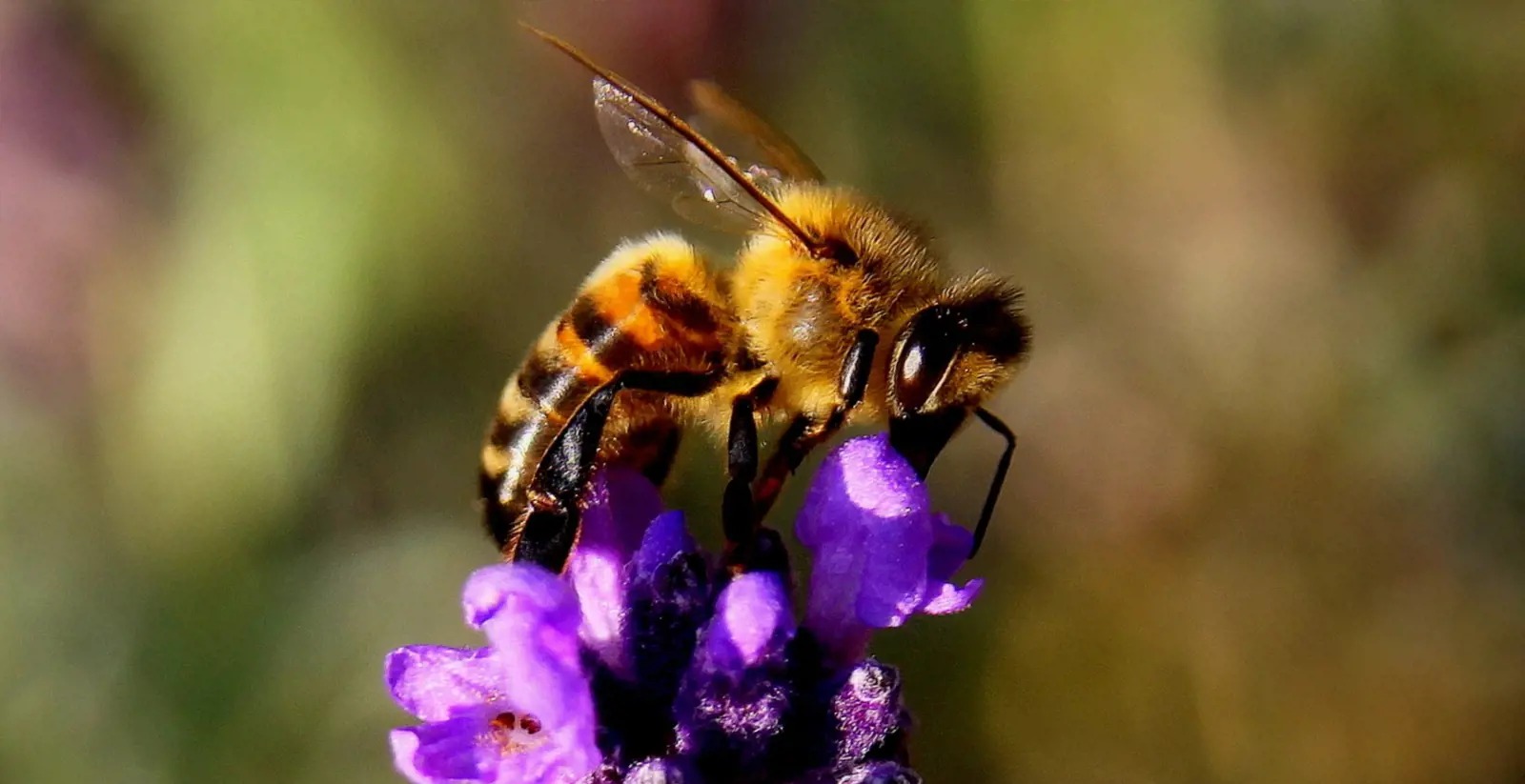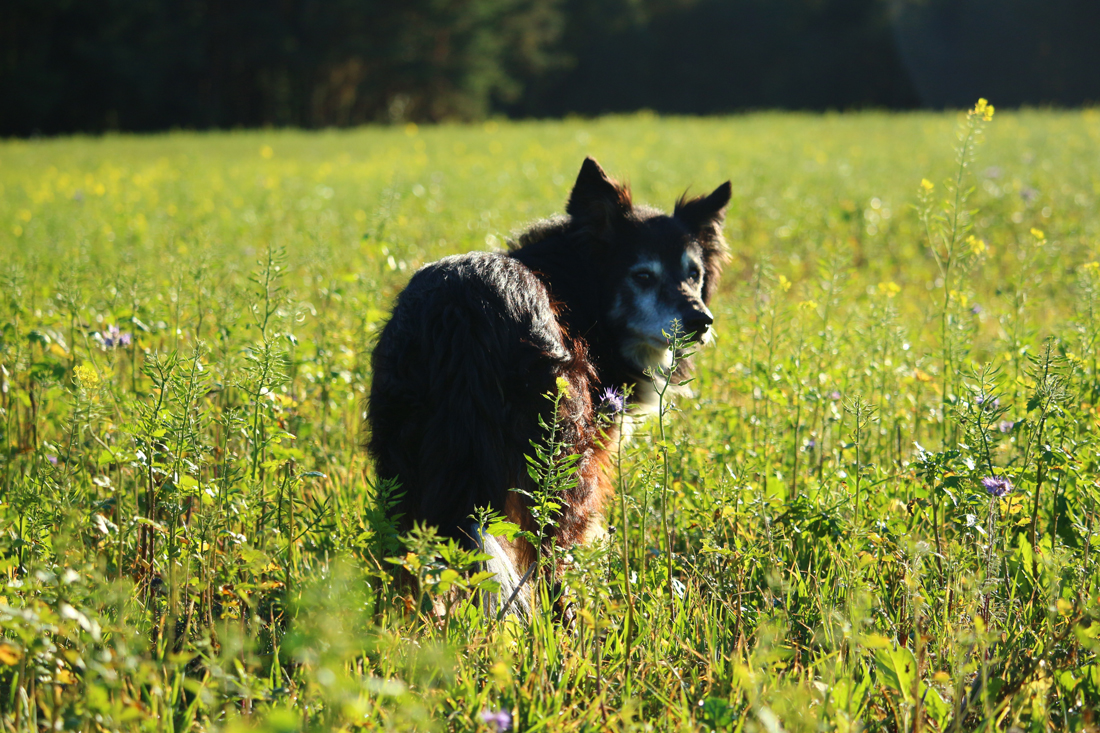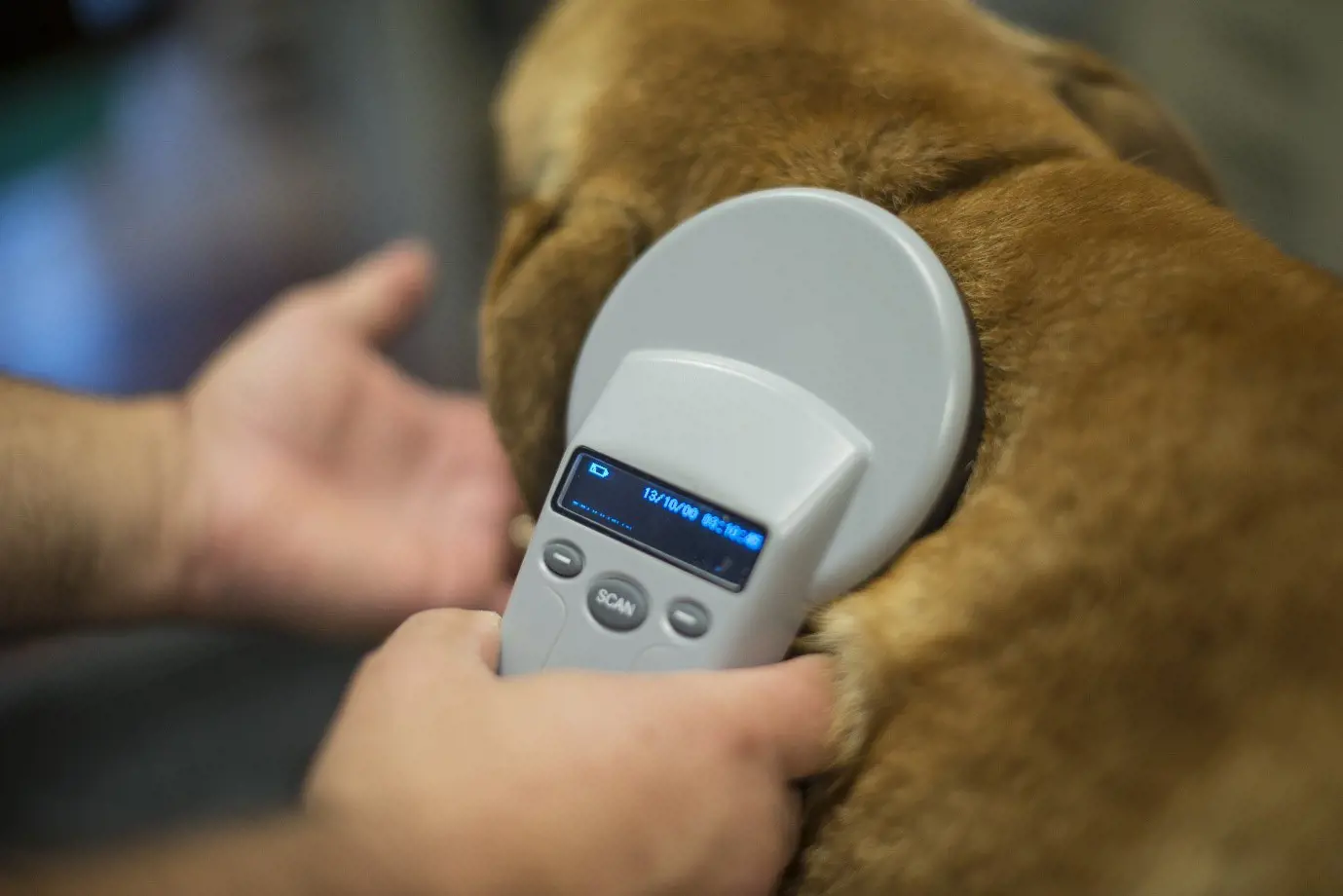How to cope with wasp or bee stings in dogs
15th April, 2020

In the vast majority of cases, a bee or wasp sting is no more than a nuisance for your dog. However, it is possible that a sting could cause a more severe injury that could even prove to be fatal. What should you do if your dog has been stung?
Why dogs get stung
Dogs are naturally curious and they love to explore the outdoors, chasing insects and delving into different places. The most common place for dogs to be stung is the paws, as they either step on an insect or encounter one when digging.
If a dog sees a flying insect, often they think it is great fun to try to catch it, jumping and snapping at it. The problem is that bees and wasps don’t enjoy being eaten much! Stings around the face or inside the mouth result from bugs doing their best to avoid being lunch.
Your pup might need medical attention after a sting, which is why it’s important to get them covered by reliable dog insurance.
Barbs and bites: the science of stings
Wasps and bees sting by first piercing the skin, then injecting venom. The venom of both insects contain amino acid chains (peptides) that activate pain receptors. While stinging is not nice for the one on the receiving end, it’s a natural defence mechanism from the insects to deter predators from eating them.
A bee stings in self defence, and stinging actually results in the bee’s death so it can sting only once. Bees leave behind a barb designed to lodge in the skin. The act of detaching the barb is fatal for the bee.
Wasps, on the other hand, can sting as many times as they wish, leaving behind venom which makes the bite typically more painful than a bee sting. They sting when they feel threatened, for example when their nest is disturbed.

How can you tell if your dog has been stung?
The most immediate sign that a dog has been stung is whining as the poor pup begins to feel pain. Your pet will show whatever signs of being in pain it usually shows, such as whimpering and seeking comfort.
The dog may hold up a paw if that is where it was stung, limp on one paw or chew and nibble at the site of the sting. Dogs will often drool, paw at their face and mouth, and show signs of swelling and hives.
In the most extreme cases, stings can cause allergic reaction or anaphylactic shock. Symptoms include difficulty breathing, swelling of the mouth, nose and throat, and collapse.
It goes without saying that you should take your dog to the vet immediately if this is the case – the cost of subsequent treatment should be covered by your dog insurance policy if you have one in place.
If a dog has been stung without you noticing and then has a severe reaction, it can be hard to work out what the problem is in time to save the animal. Anaphylaxis can be confused with other severe problems such as acute hemorrhagic gastroenteritis, mesenteric volvulus or Addisonian crisis.
Telltale signs that a sting is involved include sudden illness in a healthy dog when they are outside, and swelling of the gallbladder wall.
What you should do about a sting
If you can find the sting, you can pull this out – or better still, scrape it out diagonally with something like a bank card. Do not squeeze the sting site as this can result in more venom entering the dog’s system.
Much of the time, the sting is either no longer present or is impossible to remove from a wriggly, furry dog. A magnifying glass and a strong light may also help.
If the sting is close to your pet’s airways, for example around the nose, in the throat or mouth, there is a risk that swelling around the bite could obstruct and potentially block their airways, causing suffocation.
In view of this risk, you should take your dog straight to the vet if they are stung on the mouth or throat.
For all stings, coolness can help to relieve swelling and pain. Bathing in cold water or applying ice packs or cold compresses for around 15 minutes will help to overcome the worst of the pain, itchiness and swelling.
If you know whether it was a wasp or a bee that stung your dog, you can neutralise the sting with kitchen cupboard ingredients. Bee stings are acidic, so an alkaline such as bicarbonate of soda mixed with a little water may help.
Wasp stings are alkaline, so application of something acidic helps. Lemon juice or vinegar diluted with water can be used.

Use of antihistamines
Be very careful with antihistamines and dogs. While the drug can help with swelling and irritation in humans, some human medicines have an ingredient which is very harmful to dogs and can even cause fatal injury.
While your vet may wish to give the dog antihistamines, you should never treat the dog yourself with human antihistamines as it could cause far worse problems.
Severe reaction to a sting
If you rush your dog to the vet as an emergency, what is likely to happen? These cases are treated with urgency.
The vet will examine the dog and likely treat it with intravenous fluids, oxygen, and diagnostic tests such as blood pressure monitoring, blood tests and an abdominal ultrasound. Steroids may also be given.
This type of intensive treatment can be expensive, which is why dog insuranceis so important. With full pet insurance, you can focus on caring for your dog rather than worrying about how you are going to pay the bill.
Following a severe reaction to a sting, your vet may recommend that you carry an EpiPen when going outside with your dog in future.
Multiple bee stings
For most dogs, a single sting will not cause severe harm but multiple stings are a different matter. This can rapidly cause pain and swelling, hyperthermia (overheating), painting, rapid heart rate and muscle tremors.
This should be treated as an emergency situation, with urgent vet care needed to support the dog – there is no antidote, so it is a matter of watching and waiting while the dog tries to overcome the venom by itself.
Kidney failure is not uncommon as damaged muscle releases large amounts of a chemical into the blood that is hard to metabolise.
In multiple sting cases, vets will hydrate the dog with intravenous fluids, give pain relief and closely monitor vitals and blood work. Drugs to help avoid kidney failure may also be given.
Could you rely on your dog insurance policy in an emergency? Get a quote at Purely Pets today.
Helpful Pages
Recent Posts
Pet Insurance Quote
- 98% claims paid *
- Claims paid directly to vets
- 24/7 vet video consultations
- Interest free monthly payments




